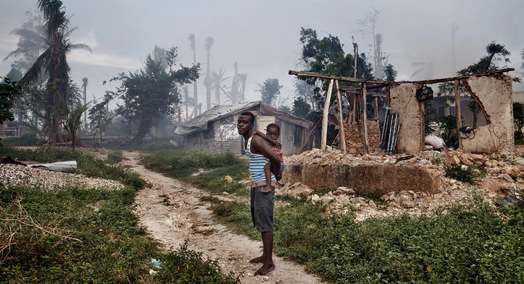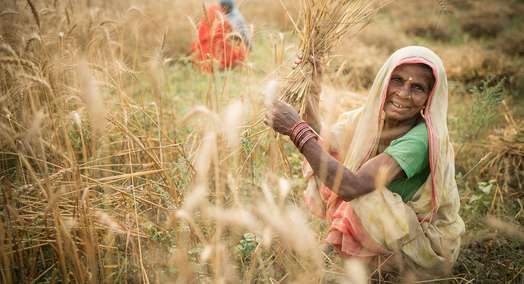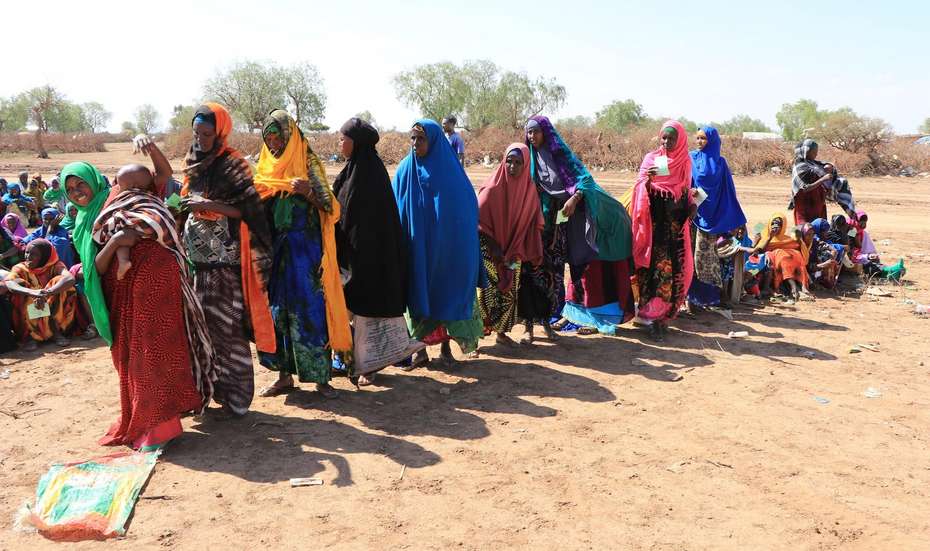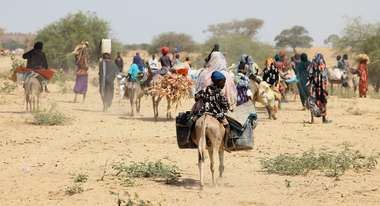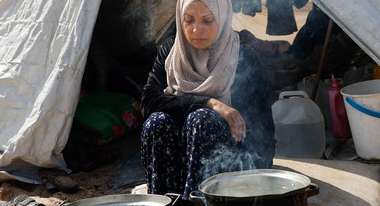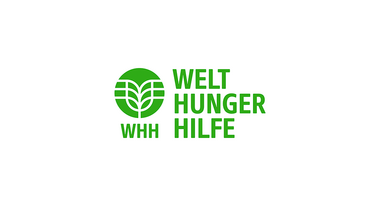Mitigating Crises Through Risk Reduction
Risk reduction is more effective and less expensive than emergency aid and reconstruction. Every euro used to prevent emergency situations is four to five times as effective as one applied against an acute famine.
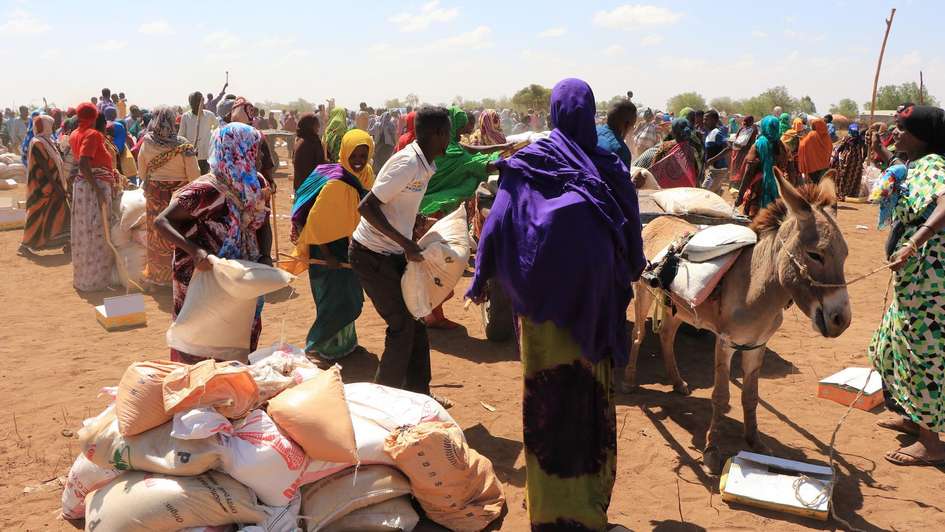
The pictures of dead animals in Eastern Africa and starving children in Somaliland, South Sudan, and Yemen make it painfully clear that help from the international community is once again arriving too late and is financially far from sufficient to guarantee a way out of this crisis for the millions of people facing a famine.
Reactions to humanitarian crises have so far been following a lamentable pattern: The UN and other locally-active organisations warn of a looming catastrophe for weeks or months after early warning systems have already sounded the alarm, but only when the first dramatic pictures appear on television and in major magazines are donor conferences organised and funds pledged. “Early warning — no action” is the status quo.
Many crises are foreseeable, and our actions should be too.
Till Wahnbaeck Former Welthungerhilfe CEOFor these reasons, Welthungerhilfe is focussing its efforts on early warning and early action. We want to ensure that as few human lives as possible are lost and that important local infrastructure is not destroyed. Instead of dealing with only the effects of an extreme event such as a storm or flood, as has been the case in the past, risks are now taken into consideration and timely investments are made in measures that can ameliorate the extreme event’s effects. Many crises are foreseeable, and our actions should be too. The goal is not to make development cooperation or humanitarian assistance redundant but rather to use the time between the projection and the occurrence of a catastrophe more effectively.
Forecast-Based Financing: A New Chapter in Humanitarian Assistance
That costs money and requires a financing mechanism to regulate when, how, and by whom the measures are financed and who receives the money. With the support of the Federal Foreign Office, the German Red Cross (DRK) is working on such a mechanism; for the past two years, it has been partnering with Welthungerhilfe in Peru, Mozambique, and Bangladesh, with Welthungerhilfe helping to develop guidelines, protocols, and emergency plans as are necessary for such a mechanism. This involves generating precise data and analyses of who is responsible for what in which situation and who is especially vulnerable to a potential catastrophe.
The Approach: Less Damage Through Risk Reduction
Risk reduction is achieved primarily through intensive discussions on the ground because people need to understand the risks to which they are exposed. Services and service providers must be identified to evaluate weather data (e.g. storm warnings and soil fertility and composition) in order to provide the data required for such a projection. The necessary preventative measures must then be developed, for example: protecting and stabilising houses, building emergency shelters, and establishing stores of supplies. At the same time, it is important to set the danger threshold. How vulnerable is a community, city, or region? In order to be able to react quickly and professionally in advance of a catastrophe, there must be standardised, comprehensive operating procedures and courses of action for everyone.
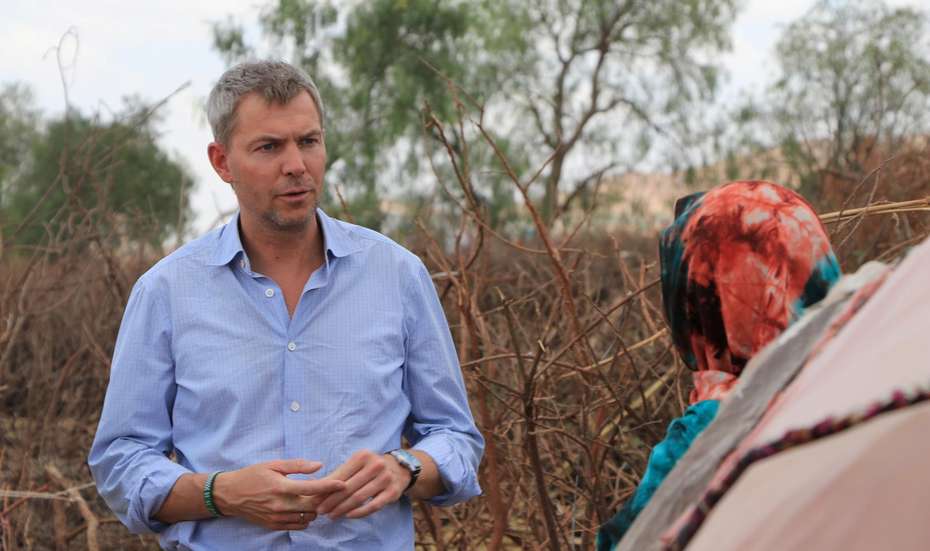
After that, we need donors who are willing to heed projection-based warning signals and to provide corresponding funds. If this notice coincides with the scientifically-determined threshold levels, the preset courses of action take effect and the measures contained therein are implemented.
Early Warning Leads to Early Action
In Madagascar, Welthungerhilfe is currently working on such a mechanism in order to enable residents to better manage extreme droughts. In addition to the classical arid regions in the country’s south, there are also regular reports of lack of rain from Madagascar’s highlands; this lack of precipitation severely stunts the local rice harvest. It is therefore possible that this region will suffer droughts in the near future as well. With its new project, Welthungerhilfe is closely collaborating with the national disaster prevention authority and with international partners such as the World Food Programme (WFP), the Food and Agriculture Organisation (FAO), the German Red Cross, the Catholic Relief Service (CRS) from the USA, CARE International, and its Swiss Alliance2015 Partner Helvetas. This pilot project’s primary objectives include covering as many drought zones as possible and developing an approach that can be applied to other countries. The core concept of our new approach is: Early warning leads to early action.
